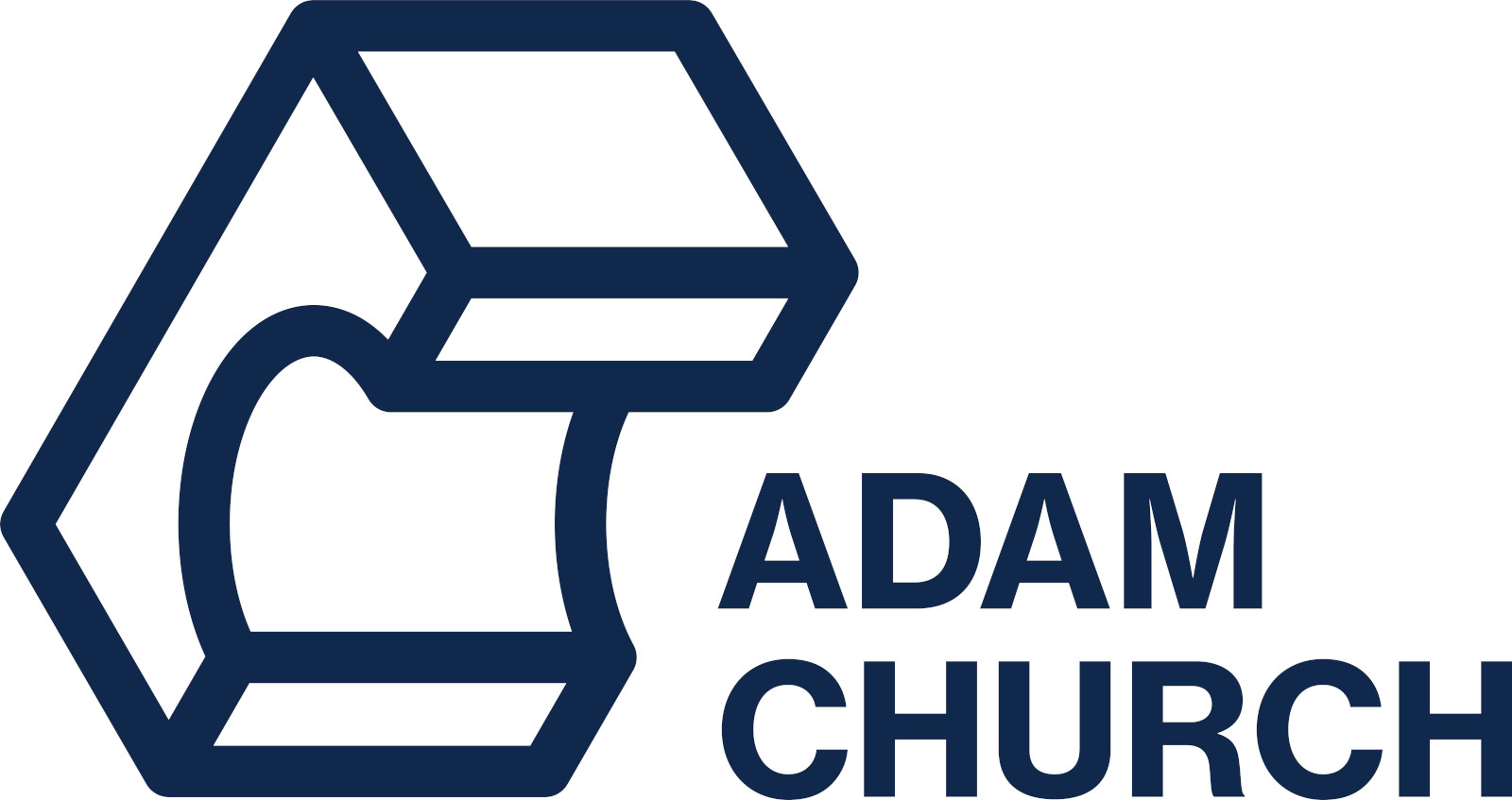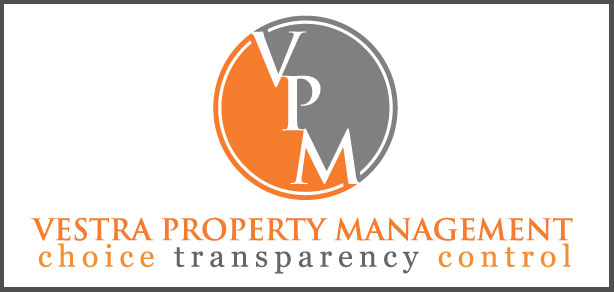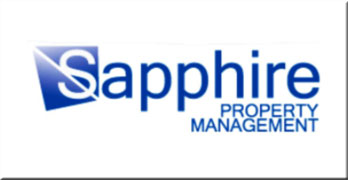
LKP is DELUGED by leaseholders caught out in local authority major works schemes …
What is shared ownership leasehold and how does it work?
Shared ownership is rapidly becoming a controversial issue in housing.
It allows people to buy a material stake in their homes, but on fairly disadvantageous terms.
With leasehold properties you pay the ground rent in the lease, service and administration charges to the landlord on 100% of the asset, even though you don’t own it all. In addition, you pay rent on the portion you do not own.
In retirement shared ownership in particular, LKP is aware of dire re-sale values of shared ownership flats.
Here is an example:
Your Housing Group shared equity retirement flat sells for £39,000, after three years on the market – Better Retirement Housing
A Your Housing Group shared 75% equity retirement flat has sold for only £39,129.26, after three years on the market. The property is at Your Housing Group’s Heyeswood Retirement Village, in Haydock, Merseyside. The property was bought by the mother of Cath White in August 2015 for £92,213 but has now sold – after three years …
We are delighted that we managed to put a stop to this nonsense from McCarthy and Stone (which, to its credit, hit reverse gear within 24 hours of us raising the issue):
Family save £25,000 over McCarthy and Stone shared equity lease, thanks to Better Retirement Housing – Better Retirement Housing
A family selling a McCarthy and Stone retirement flat with a rip-off lease condition have been saved £25,000 after the case was taken up by Better Retirement Housing. Rita May Bailey, who is now deceased, bought the one-bedroom flat at Bridewell Court, in Widnes, Cheshire in February 2008, which has a registered price of £167,450.
Here some leaseholders complained that shared ownership leasehold did not amount to “home ownership” at all.
Lorraine, a leaseholder, complained:
“This, as is written, is a lie. As the flat is leasehold and she is a shared ownership leaseholder, she is only buying a long-term tenancy from Notting Hill Genesis with all the fees and costs of a mortgage and maintenance and service charges for a property that will never be hers.
“This is mis-selling and false advertising, as she does not actually “own” anything!”
And these were shared ownership:
Persimmon sold leasehold houses for £50,000 more than same-size freehold houses at Harrow View West
1/ Introduction
This is a guide to shared ownership. There is another one, from the Homes and Communities Agency:
A lot is vested in shared ownership. The Conservative Party sees it as a first step to real home ownership, which is its housing priority; house builders, housing associations, mortgage lenders are all selling the concept, and so are the last outfits to be turned to for any sensible advice.
Perhaps a form of shared ownership is the only way of getting new generations onto the housing ladder, given our appalling, mis-managed, speculative and over-inflated housing market. But shared ownership is a dubious prospect when combined with leasehold tenure.
2/ What is leasehold?
Leasehold ownership of a flat is simply a long tenancy, the right to occupation and use of the flat for a long period – the ‘term’ of the lease. This will usually be for 99 or 125 years and the flat can be bought and sold during that term.
The term is fixed at the beginning and so decreases in length year by year. Thus, if it were not for inflation, the value of the flat would diminish over time until the eventual expiry of the lease, when the flat returns to the landlord, although this is subject to some rights to remain as a tenant in certain circumstances. See our advice guide: –
The leasehold ownership of a flat usually relates to everything within the four walls of the flat, including floorboards and plaster to walls and ceiling, but does not usually include the external or structural walls.
The structure and common parts of the building and the land it stands on are usually owned by the freeholder, who is also the landlord. The freeholder is responsible for the maintenance and repair of the building. The costs for doing so are recoverable through the service charges and billed to the leaseholders.
A leasehold ownership of a house usually relates to the whole building both internal and external and possibly a garden and driveway. Typically a leaseholder of a house would be responsible for the repair and maintenance of the whole building.
The landlord can be a person or a company, including a local authority or a housing association.
3/ What is a shared ownership lease?
In addition to the usual leasehold property there is a form of leasehold property referred to as a shared ownership lease where the leaseholder can purchase a share of a property (house or flat) and pay rent on that part of the property retained by the landlord. The leaseholder will have a right to purchase additional shares in the property until they own 100% of the equity. At this point the property is no longer a shared ownership property.
Most shared ownership leasehold properties are granted by housing associations as part of their home ownership programme. Such leases are almost always in a format approved by the Homes and Communities Agency (HCA, formerly the Housing Corporation). The intention is to provide a first step into home ownership for those who are currently renting and cannot afford to purchase a home at the full market value.
4/ What are the differences between a shared ownership lease and an ordinary long residential lease?
A shared ownership lease of a house does not qualify for the right to purchase the freehold ,under the provisions of the Leasehold Reform Act 1967, if there is a provision in the lease for the freehold to be transferred on the purchase by the leaseholder of the remaining share in the property (referred to as the final staircasing). Other exemptions apply if the leasehold house was provided for the elderly or within a designated area referred to as a protected area.
A shared ownership leaseholder of a flat only qualifies for the statutory right to extend their lease as the holder of a “long lease” if they have “staircased” up to 100% ownership. However, the landlord may have their own policy of allowing lease extension where there is less than 100% ownership. Leaseholders would need to check with their landlord. LKP’s experience is that many landlords are quite happy for leaseholders to extend the leases and increase the value of their share, so long as the pay 100% of the costs.
As rent is paid on that part of the equity not owned by the leaseholder, a landlord can take action to repossess the property for rent arrears in the county court in the same way that a landlord of an assured shorthold tenancy can under the provisions of the Housing Act 1988. If the property is repossessed in these circumstances no compensation is payable to the leaseholder to take into account the balance, between the leaseholder’s debt and the market value of the leaseholder’s share in the property.
Homes and Communities Agency approved shared ownership leases must contain core clauses.
They are listed below:
1/ Restrictions on sales and prohibition on subletting (alienation clauses)
HCA approved shared ownership leases do not allow subletting in any circumstances.
Under a shared ownership lease the landlord will normally have “pre-emption” rights if the leaseholder has not staircased up to 100% ownership.
This means that if the leaseholder wishes to sell s/he has to offer the property to the landlord first, or to a purchaser nominated by the landlord. The purchase price is determined by an independent surveyor appointed by the landlord.
If the landlord does not exercise their pre-emption rights within 8 weeks the leaseholder can sell in the open market, subject to conditions.
2/ Rent review clause
In buying a proportion of the equity in a property the owner of a shared ownership lease must pay rent on that share of the property retained by the landlord. The lease will have an initial rent, usually based on a sum equivalent to 3% of the outstanding equity retained by the landlord. The rent increases annually in line with increases to the Retail Price Index (RPI), plus an amount, typically ranging between 0.5% and 2%.
Example:
Market value of the property on first purchase = £250,000
Initial share purchased by leaseholder 25% = £62,500
Share retained by the landlord 75% = £187,500
Market rent @3% of market value of property = £7,500 per year
= £625 per month
Initial rent @ 3% of outstanding equity = £5,625 per year
= £468.75 per month
3/ Inflation
Assuming the RPI increases in the following year by 3.5% and the lease allows for an increase by reference to the upward movement of the RPI plus 2%, then the rent paid by the leaseholder will increase by 5.5% to £5,934.38 per annum (£494.54 per month).If the leaseholder purchases additional shares in the property, the rent paid will reduce proportionally until 100% is acquired and no rent is payable.
4/ Service charge clause
All shared ownership leases must contain a clause providing for the payment of a service charge.
In the case of shared ownership flats this will be in the same terms as any other lease of a flat.
The shared ownership leaseholder needs to be aware that they will pay the full service charge and not a proportion in accordance with their equity share.
Where there is a shared ownership lease of a house, the leaseholder will be responsible for maintaining and repairing the property and the only service charge payable will be in respect of buildings insurance.
There is an exception to this general rule where a leasehold house is located on a private estate; in this case a service charge may be payable for the maintenance of the common parts of the estate such as pathways, private roads and other amenity areas. An obligation to pay towards these costs would typically continue if the leaseholder acquired the freehold of the house.
5/ Mortgage protection clause
This clause is designed to protect a mortgage lender’s security and to encourage mortgage lenders to advance loans on shared ownership leasehold properties. A lender under the mortgage protection clause is entitled to acquire and dispose of 100% of the equity in the property and must be informed by the landlord if they intend to take possession or initiate forfeiture proceedings. If the lease does not contain a mortgage protection clause, a borrower will find it extremely difficult to obtain a mortgage.
The conveyancing solicitor acting on behalf of the buyer is required to forward a copy of the mortgage to the landlord for approval and must obtain and deposit with the title deeds after completion of the purchase an undertaking from the landlord to the mortgage lender confirming that they will notify the mortgage lender if they intend to repossess the property or forfeit the lease.
Because of this requirement, earlier shared ownership leases, typically granted by local authorities, which do not contain a mortgage protection clause, are difficult to sell. This is because mortgage lenders appear reluctant to lend in the absence of a mortgage protection clause.
If you own such a property you should consider asking the landlord to provide a deed of variation to include a mortgage protection clause in the lease. If they refuse, a leaseholder should consider contacting the HCA who may bring pressure to bear on the social sector landlord to provide the deed of variation.
6/ Purchasing additional shares (staircasing clause)
The majority of shared ownership leases must contain a clause allowing the leaseholder to purchase additional shares in the property until they own 100% of the equity. This is known as staircasing. In the majority of shared ownership leases the leaseholder is allowed to make 3 such applications and the last application must result in the purchase of the remaining shares. Since September 2011 there is no restriction on the number of staircasing applications that can be made.
There are some shared ownership leases of houses in protected rural areas that restrict the right of the leaseholder to purchase shares to 80%, or where the leaseholder is allowed to staircase to 100% of the equity/he is under an obligation to sell the property back to the landlord or nominated purchaser, which may be another housing association.
In addition to the rural area exception a shared ownership leasehold property for older persons can limit the equity share to 75%.
Stamp duty Land Tax (SDLT)
SDLT may be payable on the sale of a new shared ownership property and the sale of an existing lease of a shared ownership property.
The thresholds for payment of SDLT change on a regular basis and any prospective purchaser or vendor of a shared ownership property should take advice from their conveyancing solicitor.
Please be aware the Leasehold Advisory Service does not provide advice on tax issues.





















